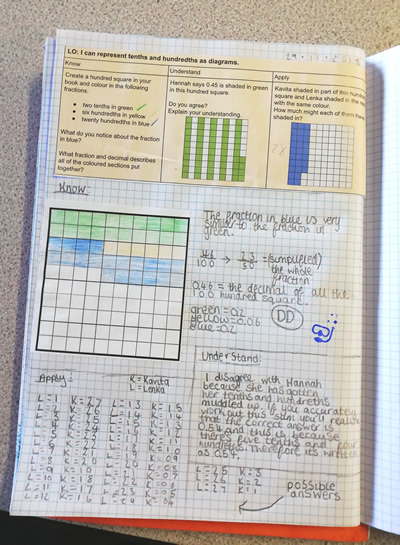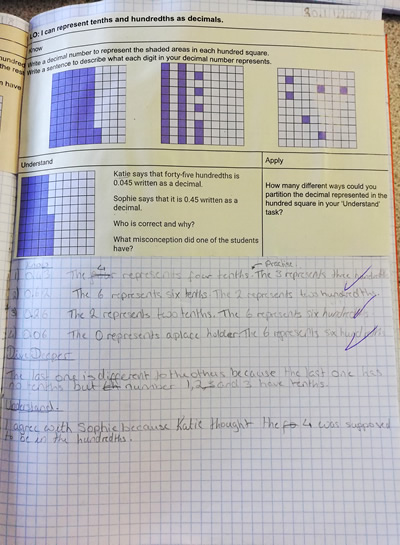Why we employed a primary teacher for maths in our secondary school
How one school employed a primary teacher to help introduce mastery
11/04/2019
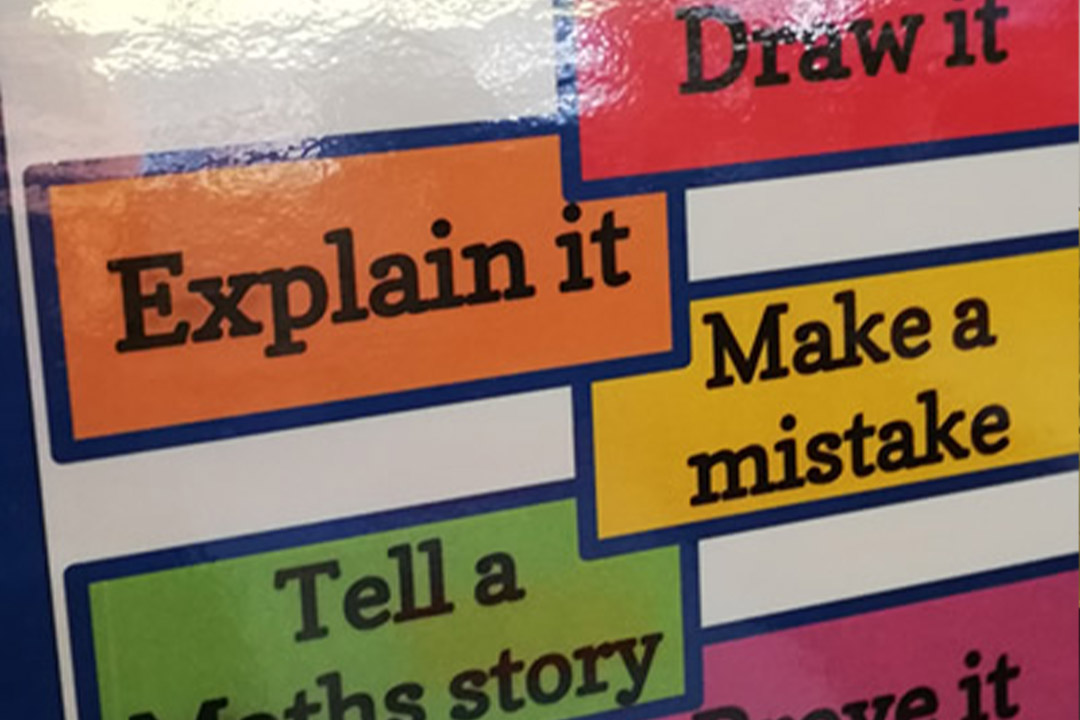
Many secondary schools work with their feeder primaries to provide a smooth transition for students. But what if the Year 7 classroom was made to feel more like the Year 6 one by having a primary teacher at the board?
Martin Giles, headteacher at Meridian High School in Croydon, this year fulfilled a long-held ambition to employ a primary teacher to aid transition for Year 7s in maths. He describes it as ‘a roaring success!’
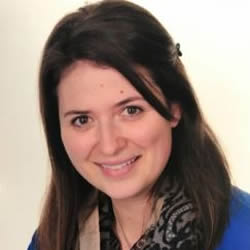 Nicola Ballantine is a Canadian national with many years’ experience of teaching in the UK. She is a primary teacher, and trained as a Mastery Specialist with London SW Maths Hub. Now she is teaching Year 7 maths classes at Meridian High School.
Nicola Ballantine is a Canadian national with many years’ experience of teaching in the UK. She is a primary teacher, and trained as a Mastery Specialist with London SW Maths Hub. Now she is teaching Year 7 maths classes at Meridian High School.
Meridian is a small but growing secondary school in Croydon, serving a disadvantaged predominantly white working-class community. The school has 600 students on roll, of whom 67% are categorised as disadvantaged*. Martin describes decades of under-investment in the community and the challenge of raising aspiration amongst students. Not only is Nicola now teaching older students, she is teaching in a significantly more challenging catchment.
What does a Year 7 lesson look like?
Nicola stands at the door as the students arrive. She greets each one individually and reinforces expectations of a quiet and orderly start to the lesson. This is backed up by her use of ‘class points’ for all her Year 7 classes. As each student arrives she reminds them, ‘We are tied for the lead!’
In line with the school’s teaching policy, there are five questions on the board from topics previously covered. Students embark on them as the class settles. When Nicola goes through the answers and explanations, all students are expected to participate and be ready with answers.
Students are strikingly articulate in their understanding, using mathematical terminology with confidence. Addressing an equation to solve, one boy says, ‘You need to take 8 away from 12’. A girl helps out: ‘We need to isolate the variable.’
When a boy suggests that 105 is 50, Nicola tackles this confusion head-on: ‘That’s a very common misconception.’ When someone has explained the correct interpretation, Nicola returns to the boy and asks him to repeat the correct method.
The main body of the lesson is focused on a very small step, examined in thorough detail: representing tenths and hundredths as decimals. The previous lesson looked at expressing tenths and hundredths in pictorial representations.
The lesson format is back and forth, in the ping pong style associated with teaching for mastery. Nicola tells us how much the short, focused tasks have helped with behaviour management. Assessment lessons, in which students must concentrate for an extended period, are much more difficult to manage, she says.
Nicola encourages discussion and explanation by posing questions in which students need to understand errors made by others. For instance:
Katie says that 45 hundredths is 0.045. Sophie says it is 0.45. Who is right? Why?
Students are expected to explain Katie’s misconception as well as Sophie’s correct answer.
Noticeably, there is a sense of Nicola knowing individuals – their strengths, weaknesses and personalities. The lesson is tightly focused and Nicola aims to give each student her attention.
A high-attaining student tells me that: ‘Maths is harder this year. In primary school we did more questions, but we didn’t have to think this hard!’
From the lesson we observed:
From the previous lesson:
How did Meridian come to employ a primary teacher?
Previously, Martin had imagined that he would employ a primary teacher to work across the core curriculum in Year 7. However, staffing requirements and the need for an overhaul of maths in the school led him to consider Nicola joining the maths department.
Increasingly, Martin had been impressed by what he saw and heard about teaching for mastery. The school has five main feeder primaries and mastery was becoming more embedded in these schools. As a trained Mastery Specialist, Nicola had experience implementing mastery at her primary school, and a thorough knowledge of the primary curriculum. Martin spotted an opportunity to improve transition at the same time as introducing a mastery approach.
Nicola had been unable to renew her visa to teach in primary but maths teacher shortages made it possible for her to work in secondary. She took the role of Lead Practitioner, with particular responsibility for teaching for mastery.
Head of Maths, Adam Hield, is new to the school this year, and fairly new to teaching for mastery. He says:
‘Primary schools have taken hold of mastery and are doing it very well. Secondary schools have a lot of scope to learn from them in order for it to filter through properly’.
How did Nicola approach the challenge?
As Maths Lead and Assistant Head in her previous school, Nicola had embedded a teaching for mastery approach. At Meridian, this approach was new. Nicola had to decide where to focus her energies to begin with.
Having asked the school not to put the Year 7 groups in sets, Nicola concentrated on:
- a tight focus for each lesson, using the ‘small-steps’ approach
- planning lessons following a logical journey of learning
- the ping pong lesson style
- encouraging well-articulated student explanations using precise language – both orally and written
- limiting cognitive load when introducing new mathematical concepts and structures
- explaining the teaching for mastery approach to high-attaining students who were previously taught in sets at primary school
- eliminating the ‘I’ve finished’ response. Students are instead encouraged to take responsibility for ‘Dive Deeper’ (a set of options for deepening learning).
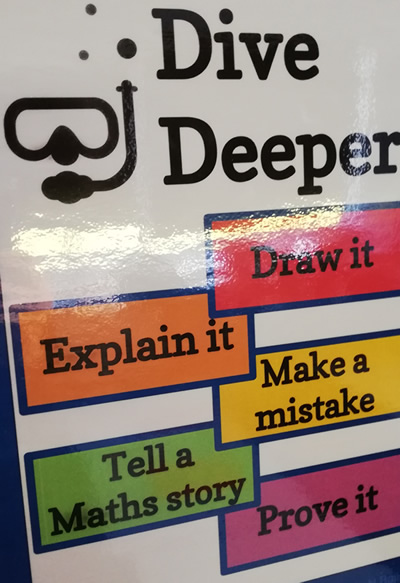
Adam has observed Nicola as she uses methods that he has not seen before in secondary school. He describes, for example, her use of sticky notes on a counting stick. He has been pleasantly surprised by how engaging the students find this. Martin notes that students now look forward to maths and get excited about it.
What does Nicola say about how teaching in a secondary school is different? Her most striking observation is the impact of not knowing students so well, because she teaches many more students for much less time. Knowing a student as a whole person is harder in secondary school: ‘I didn’t know his sister had a birthday yesterday!’ she says.
In primary school, a teacher’s 360-degree knowledge of each child extends to maths and allows maths to permeate through the day. Nicola explains:
‘If I know a student hasn’t quite got the concept of 105, I used to be able to ask them again in the lunch queue, or while getting ready for PE. That’s just not possible in secondary, where I only see them for 50 minutes per day.’
Secondary teachers may not have considered what a huge and unsettling change transition from primary school can be for the Year 7s they teach. They may ponder why Year 7s can’t do the things their primary teachers and SATs results suggest they can, with little acknowledgement for the emotional upheaval involved in transition.
What have the effects been on Year 7 students?
The effect on Year 7 has been impressive, says Martin. Nicola has put in place a curriculum that avoids mistakes of the past, when students often repeated work that they had done at primary school and were not sufficiently challenged. Martin says that Nicola’s expertise in mastery, as well as having her eyes on the transition from primary, has made her an invaluable addition to the staff.
Would they do it again?
Much to Martin’s regret, Nicola is due to return to Canada at the end of the 2018/19 school year. So will the school employ another primary teacher in her place? ‘How I wish I had the money!’ Martin laments, with recognition that he has extra capacity in other departments of the school. They hope, however, that Nicola might return to them the following year.
Has mastery been embedded beyond Year 7?
Since January, Nicola has been working with colleagues in department meetings to introduce teaching for mastery ideas. She explains that it was really important to have the first term just concentrating on her own classroom. She needed to spend the time understanding ‘how massively different secondary school is and working out what teaching for mastery meant in a secondary context’ before being able to support others.
Colleagues have tried mastery approaches with their classes, then discussed progress at subsequent meetings. Nicola’s Year 7 mastery-focused scheme of work, that she has refined over the year, will be taught by the rest of the department next year. With the SLT commitment to mastery, a supportive HoD, and some notable mastery enthusiasts in the department, Nicola is optimistic that the mastery approach will continue to be embedded.
When asked about whether the need for Year 11 outcomes might detract from this, Nicola emphasises the advantages of starting with Year 7:
‘It feels really appropriate to start with Year 7. This is gentle enough to give time to really embed the approach, see outcomes, and understand how it fits your school. There’s a danger that if change is introduced too aggressively, and with exam classes, that it will be dropped as soon as things go wrong.
‘If you introduce teaching for mastery in one year group, secondary teachers tend to find that, as their practice changes, the approach starts to permeate their other classes. This reflects what happens in primary, where teachers find themselves using mastery approaches in other subjects!’
Would the school recommend employing a primary teacher?
Would Martin and Adam recommend employing a primary teacher to other secondary schools? Yes, says Martin, without hesitation, though with the proviso that there must be a careful selection process and plenty of planning time.
‘It involves a shift in mindset for the school and for the teacher involved. The school might find that its KS3 maths curriculum is not as challenging as it thought. The teacher must be able to adapt to the very different demands of teaching in a secondary school. I would advise building in as much planning time as possible, preferably prior to September.’
Adam adds, ‘It has to be the right person. It has worked well with Nicola.’
The Maths Hubs Network runs a national project (Y5–8 continuity) enabling primary and secondary schools to work together to build consistent pedagogical approaches to support mathematical learning in both phases. To find out more, or to get involved in a local Work Group for this project, contact your local Maths Hub. If you're thinking about continuity between primary and secondary maths, you might like to read our article that addresses models for subtraction to cross the phases.
* Disadvantaged students are those who were eligible for free school meals at any time during the last six years and looked-after children (in the care of the local authority for a day or more or who have been adopted from care).
